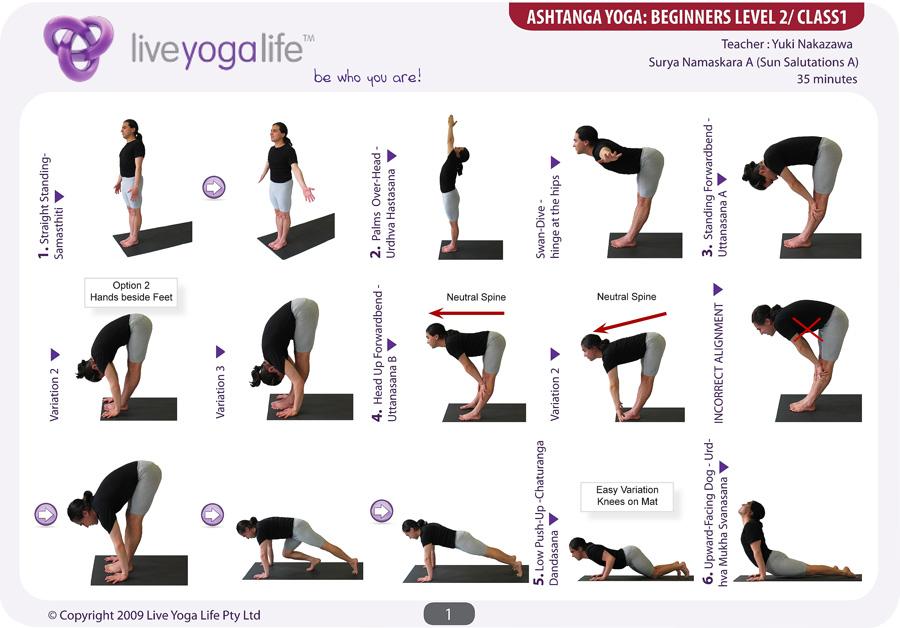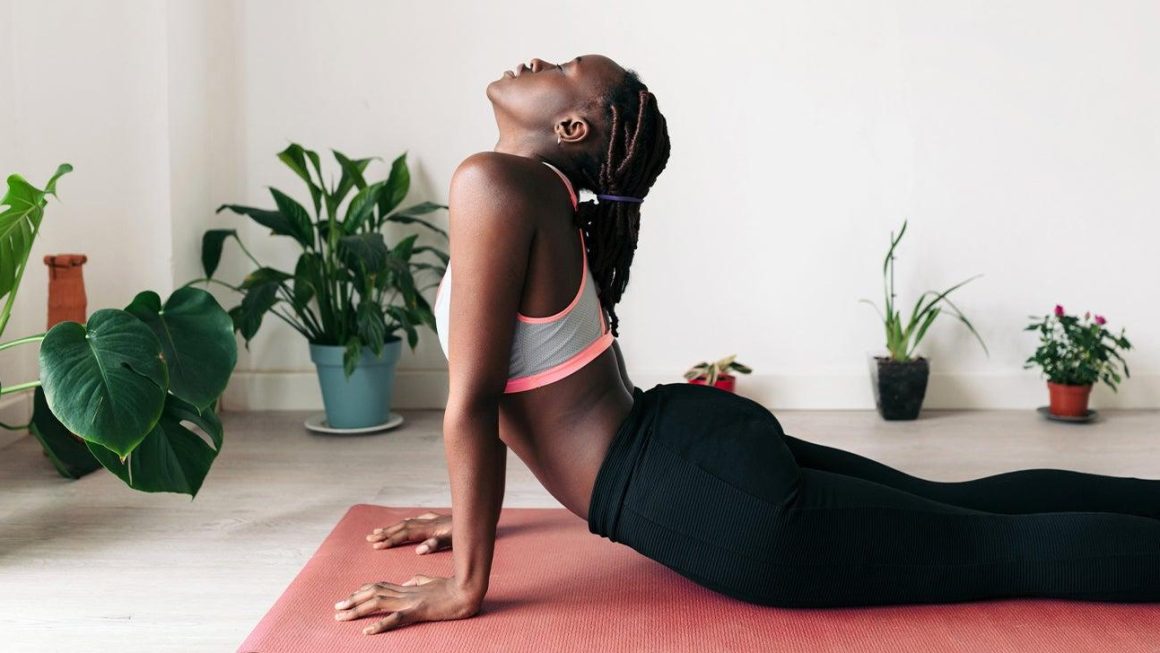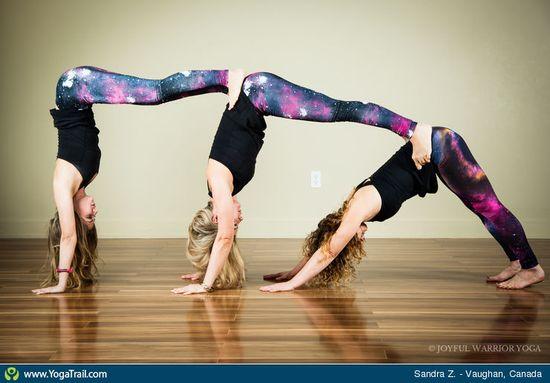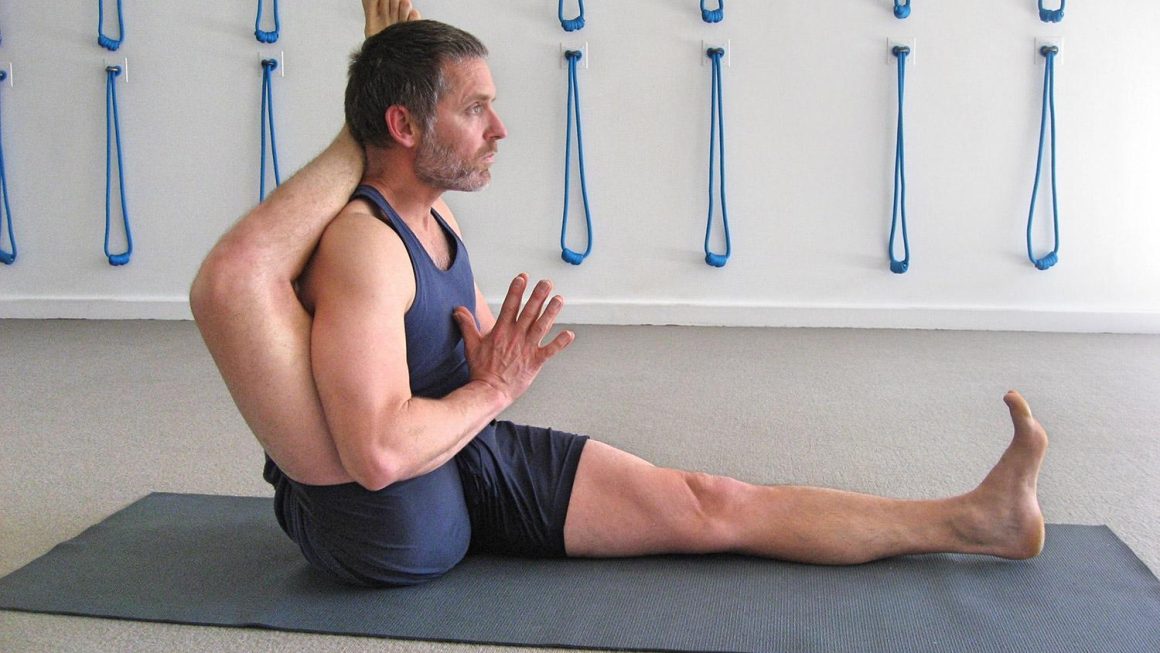In the bustling rhythm of modern life, the quest for flexibility often feels like a distant dream, overshadowed by our daily responsibilities and stressors. Yet, the path to becoming more limber does not require years of grueling training or advanced expertise—it starts with the basics. Enter beginner yoga poses, a gentle invitation to reconnect your body and mind while enhancing your flexibility. These foundational poses serve not only as stepping stones for those new to yoga but also as essential tools for anyone seeking to unlock the full potential of their physical body. In this article, we’ll explore a selection of accessible beginner yoga poses that can seamlessly blend into your daily routine, offering a blend of strength, balance, and—most importantly—stretch. Whether you’re rolling out your mat for the first time or revisiting these fundamental movements, you’re about to embark on a journey toward increased flexibility and well-being.
Mindful Breathing Techniques to Enhance Flexibility in Yoga
Incorporating mindful breathing techniques into your yoga practice can significantly enhance your flexibility. Focusing on your breath allows you to connect deeply with your body, helping to release tension and increase relaxation in the muscles. As you hold each pose, remember to maintain a steady and natural breath. This not only aids in the physical aspect of stretching but also calms the mind, making it easier to delve deeper into each position. Here are a few *mindful breathing techniques* to integrate:
- Diaphragmatic Breathing: Focus on expanding the diaphragm as you inhale deeply, allowing your belly to rise. This engages the core and promotes stability.
- Box Breathing: Inhale for a count of four, hold for four, exhale for four, and hold again for four. This technique stabilizes the mind and enhances concentration.
- Nadi Shodhana (Alternate Nostril Breathing): Helps to balance energy in the body and enhances mental clarity, perfect for easing into poses.
As you practice these breathing techniques, consider the following *enhancing practices* that align with yoga poses aimed at flexibility:
| Pose | Breathing Technique |
|---|---|
| Forward Fold | Diaphragmatic Breathing |
| Warrior II | Box Breathing |
| Pigeon Pose | Nadi Shodhana |
In essence, integrating these mindful breathing practices while performing beginner poses can significantly enhance your flexibility journey. As you become more attuned to your body through breath, you’ll discover deeper levels of flexibility and openness, allowing your yoga practice to flourish.
Essential Beginner Poses for Opening Up Your Hips
Opening up your hips is a fundamental aspect of developing flexibility, and as a beginner, these poses can serve as powerful tools in your practice. One of the most accessible poses is Butterfly Pose (Baddha Konasana), where you sit with your feet together and gently press your knees toward the floor; this helps to elongate the inner thighs and groin area. Another excellent choice is the Wide-Legged Forward Bend (Prasarita Padottanasana), which encourages a deeper stretch in the hips while grounding your feet firmly. Additionally, Lizard Pose (Utthan Pristhasana) can intensify the hip opening by allowing your back leg to extend while your front knee is bent, promoting a deep release in the hip flexors.
Incorporating Pigeon Pose (Eka Pada Rajakapotasana) into your routine is also highly beneficial, as it targets the glutes and outer hips. To enhance your flexibility further, try the Reclined Bound Angle Pose (Supta Baddha Konasana), where you can fully relax into the stretch, letting gravity do the work. Lastly, don’t overlook the Happy Baby Pose (Ananda Balasana), which provides a playful yet effective stretch for the hips while allowing your lower back to relax. As you explore these poses, remember to breathe deeply, allowing each inhale to create space and each exhale to deepen the stretch.
Gentle Stretches to Improve Your Spines Mobility
Gentle stretching routines can significantly enhance the flexibility of your spine, helping to alleviate tension and promote mobility. To incorporate stretches effectively into your daily routine, consider the following options:
- Cat-Cow Stretch: This dynamic movement encourages flexibility in the spine. Transition smoothly between arching your back (Cat) and dipping it (Cow).
- Child’s Pose: A restorative pose that gently opens up the lower back, allowing deep relaxation and stretching.
- Seated Forward Bend: While seated, reach for your toes to promote hamstring and spine flexibility.
To gauge your progress, consider keeping a simple journal of your stretching routine. Regularly note down your flexibility and mobility levels—this can motivate you to stay consistent!
| Stretch | Duration (min) | Frequency |
|---|---|---|
| Cat-Cow Stretch | 2 | Daily |
| Child’s Pose | 3 | As needed |
| Seated Forward Bend | 2 | 3-5 times a week |
Building a Consistent Practice: Tips for Incorporating Flexibility into Your Routine
Incorporating flexibility into your daily routine requires a mindful approach that encourages consistency yet allows for adaptability. Start by identifying specific times during the day when you can dedicate yourself to practicing yoga poses, even if it’s just for a few minutes. Create a dedicated space for your practice—whether it’s a corner of your living room or a tranquil outdoor setting—to foster a calming environment. This mental shift can transform your practice from a chore into a delightful ritual. To maximize your flexibility training, consider these essential tips:
- Start Slow: Begin with basic standing poses to ease into a routine.
- Set Realistic Goals: Focus on achievable milestones to maintain motivation.
- Utilize Props: Incorporate blocks, straps, or blankets to enhance your poses.
- Mix It Up: Include a variety of poses each week to keep your practice fresh.
- Listen to Your Body: Respect your limits and adjust your routine as needed.
As you consistently integrate flexibility-focused yoga into your life, it’s helpful to track your progress and celebrate small wins. Consider using a simple chart to monitor the poses you practice and the duration of each session. This not only keeps you accountable but also helps identify areas for improvement. Below is an example of how you might organize your practice:
| Yoga Pose | Duration (mins) | Notes |
|---|---|---|
| Downward Dog | 5 | Focus on elongating the spine. |
| Seated Forward Bend | 3 | Extend arms towards the feet. |
| Cat-Cow Stretch | 4 | Coordinate breath with movement. |
| Butterfly Pose | 5 | Relax the hips and thighs. |
Q&A
Q&A: Beginner Yoga Poses for Flexibility
Q1: What are some effective beginner yoga poses to improve flexibility?
A1: When it comes to enhancing flexibility, a few beginner-friendly poses stand out. Consider starting with Downward-Facing Dog to stretch your back, hamstrings, and calves. Cat-Cow Pose is fantastic for warming up the spine while promoting flexibility in your back and neck. Seated Forward Bend gently lengthens the spine and stretches the hamstrings. Lastly, Butterfly Pose opens up the hips beautifully and is a wonderful way to relax into your practice.
Q2: How often should I practice these poses for noticeable results?
A2: Consistency is key in yoga, especially for flexibility. Ideally, aim for at least 2-3 sessions per week. Even a short 15-20 minute practice can yield results over time. Remember, the journey to flexibility isn’t about rushing; it’s about listening to your body and gently encouraging it to open.
Q3: Are there any tips for beginners when attempting these poses?
A3: Absolutely! Start slowly and pay attention to your body’s cues. Don’t push yourself into discomfort; flexibility increases over time. Use props like yoga blocks or straps to assist in your stretches and make them more accessible. Additionally, focusing on your breath can help you to delve deeper into the poses, promoting a sense of ease and relaxation.
Q4: Can beginners expect to see rapid improvement in their flexibility?
A4: While some may experience quick gains, most find that flexibility develops gradually. Everyone’s body is different, so patience is essential. Celebrate small victories—whether it’s bending a little deeper in your forward bend or holding a pose for a few more breaths. Over time, these small milestones will contribute to significant improvements.
Q5: How do these poses contribute to overall well-being beyond flexibility?
A5: Yoga is a holistic practice that enhances not only physical flexibility but also mental well-being. The mindfulness cultivated through breathing and movement can reduce stress and increase body awareness. These beginner poses can help improve posture, alleviate tension, and promote relaxation, making them valuable for your overall health.
Q6: Is it safe for everyone to try these beginner poses?
A6: Generally, yes! Most beginners can safely practice these poses. However, if you have existing injuries or medical conditions, it’s wise to consult a healthcare professional or a certified yoga instructor before diving in. They’ll provide tailored advice and modifications suited to your needs, ensuring a safe and enjoyable experience.
Q7: What should I do if I feel discomfort while practicing these poses?
A7: Discomfort can be a natural part of stretching, but sharp or acute pain is a signal to stop. Listen to your body—back off a little from the pose, make adjustments, or use props to find a more comfortable alignment. It’s important to respect your limits and gradually build flexibility, rather than forcing your body into a position.
Q8: How can I track my progress in flexibility as I practice these poses?
A8: Keeping a yoga journal is a great way to note your progress. Document how you feel in each pose, any improvements in depth or duration, and even your emotional state during practice. Taking photos or videos every few weeks can also visually show your growth. Remember, flexibility is not just a physical attribute; it’s a reflection of your commitment and growth in your yoga journey.
—
With these questions and answers, we hope to inspire you to explore and experiment with beginner yoga poses designed to boost your flexibility and enhance your overall well-being. Happy practicing!
In Retrospect
As we conclude our journey through the foundational poses that can enhance your flexibility, remember that yoga is not just about mastering asanas; it’s about embracing the process of growth and self-discovery. Each pose offers an opportunity to listen to your body, cultivating patience and presence as you deepen your practice. Whether you find yourself in the soothing stretch of a forward fold or the gentle embrace of a seated twist, let each movement remind you that flexibility is not merely a physical attribute but a reflection of your approach to life’s challenges. With regular practice and a mindful attitude, you’ll not only unveil greater physical agility but also foster a deeper connection to yourself. So roll out your mat, breathe deeply, and let the journey towards flexibility unfold—one pose at a time. Namaste.




